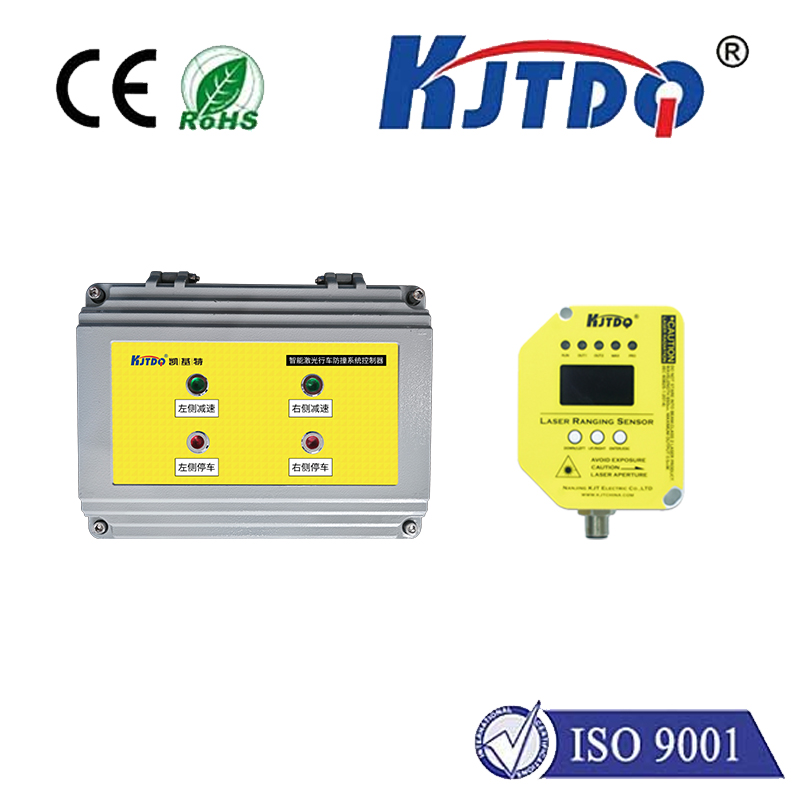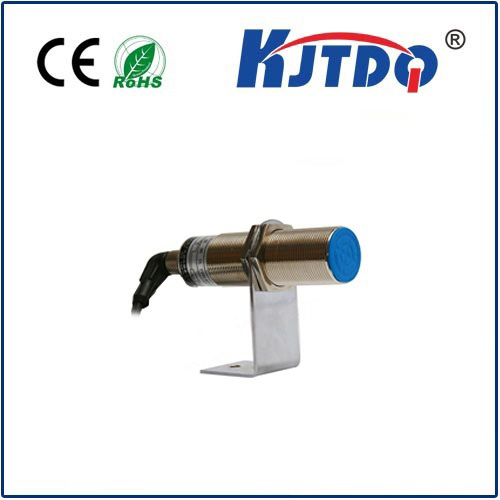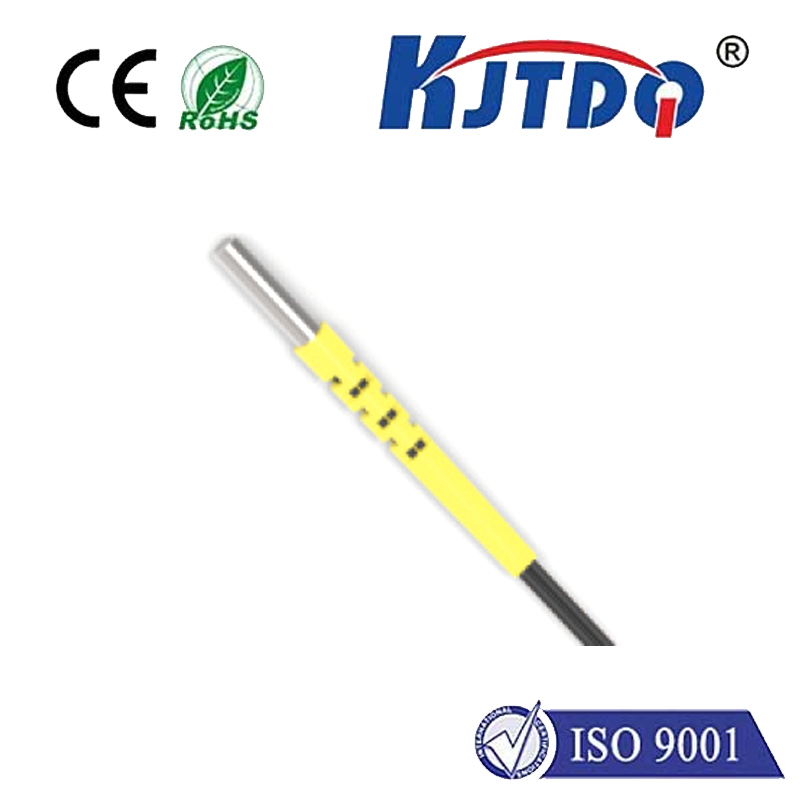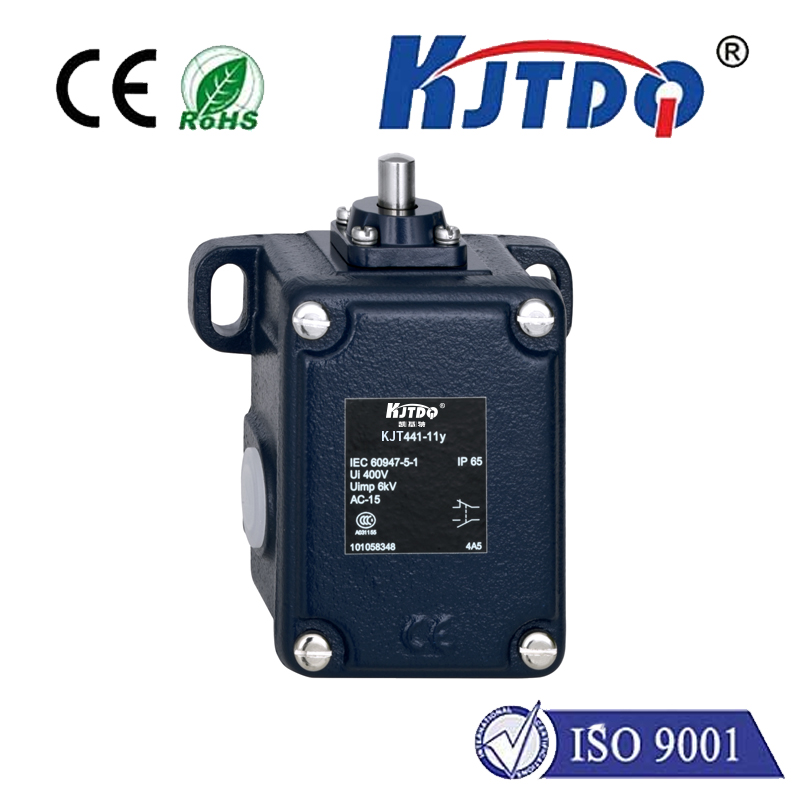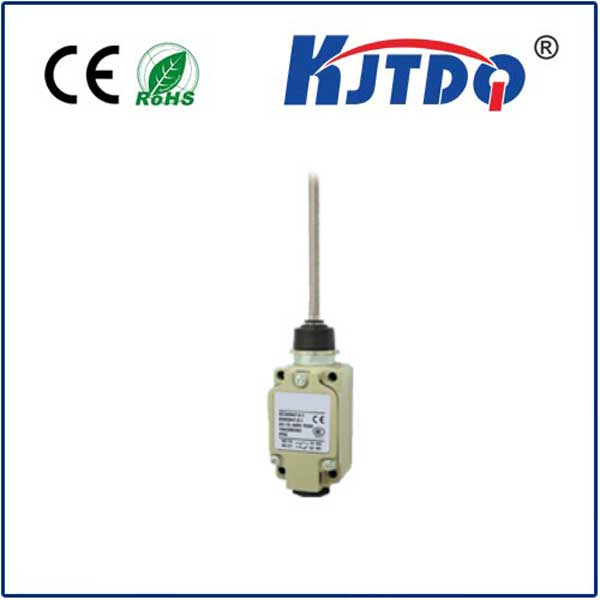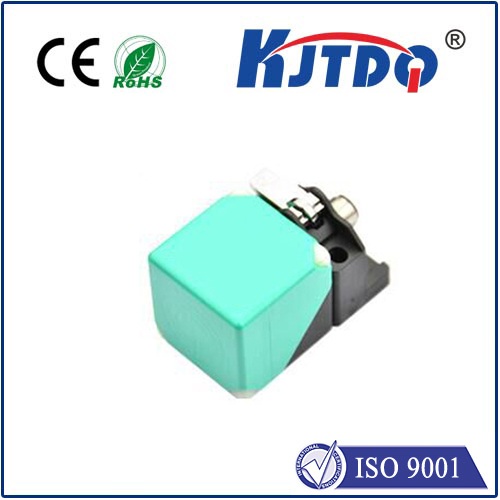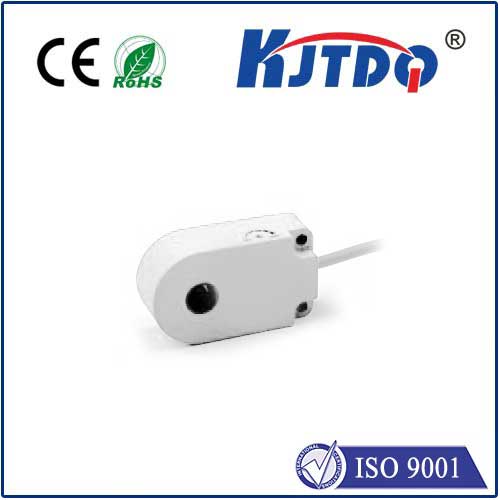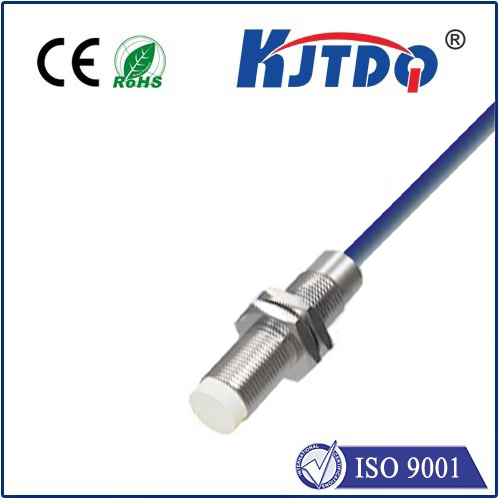

check

check

check

check

check

check

check

check

check

check
Introduction: In today's technologically advanced world, sensors play a crucial role in ensuring safety, efficiency, and productivity in various industries. Amongst the diverse range of sensors available, rectangular inductive proximity sensors stand out for their unique design and versatile applications. This article explores the functionality, advantages, and practical uses of these sensors in detail.
Body Section 1: The Basic Principles of Rectangular Inductive Proximity Sensors
Definition and Working Principle: A comprehensive explanation of how these sensors work, based on the principles of induction and electromagnetic fields.
Components and Parts: An overview of the key components that make up a rectangular inductive proximity sensor, including the induction coil,鉴权线圈,触发器,以及输出电路等.
Body Section 2: Advantages and Benefits of Rectangular Inductive Proximity Sensors
Accurate Readings: A detailed discussion on how these sensors provide highly accurate measurements, even in challenging environments.
Non-Contact Operation: An explanation of how these sensors can operate without physical contact, making them ideal for use in hygiene-sensitive applications.
Versatility: An exploration of the wide range of applications for rectangular inductive proximity sensors, including automation, robotics, healthcare, and industrial manufacturing.
Long Lifespan: An emphasis on the long lifespan and low maintenance requirements of these sensors, which contribute to their durability and cost-effectiveness.
Body Section 3: Practical Applications of Rectangular Inductive Proximity Sensors
Automation and Robotics: Real-world examples of how these sensors are used to control machines and automate processes in various industries.
Healthcare: An overview of how rectangular inductive proximity sensors are utilized in medical devices, such as surgical robots and patient monitoring systems.
Industrial Manufacturing: A discussion of how these sensors improve efficiency and safety in assembly line operations and quality control measures.
Conclusion: A summary of the key points discussed in this article, emphasizing the importance of rectangular inductive proximity sensors in modern technology and their potential for continued advancements in various industries.
